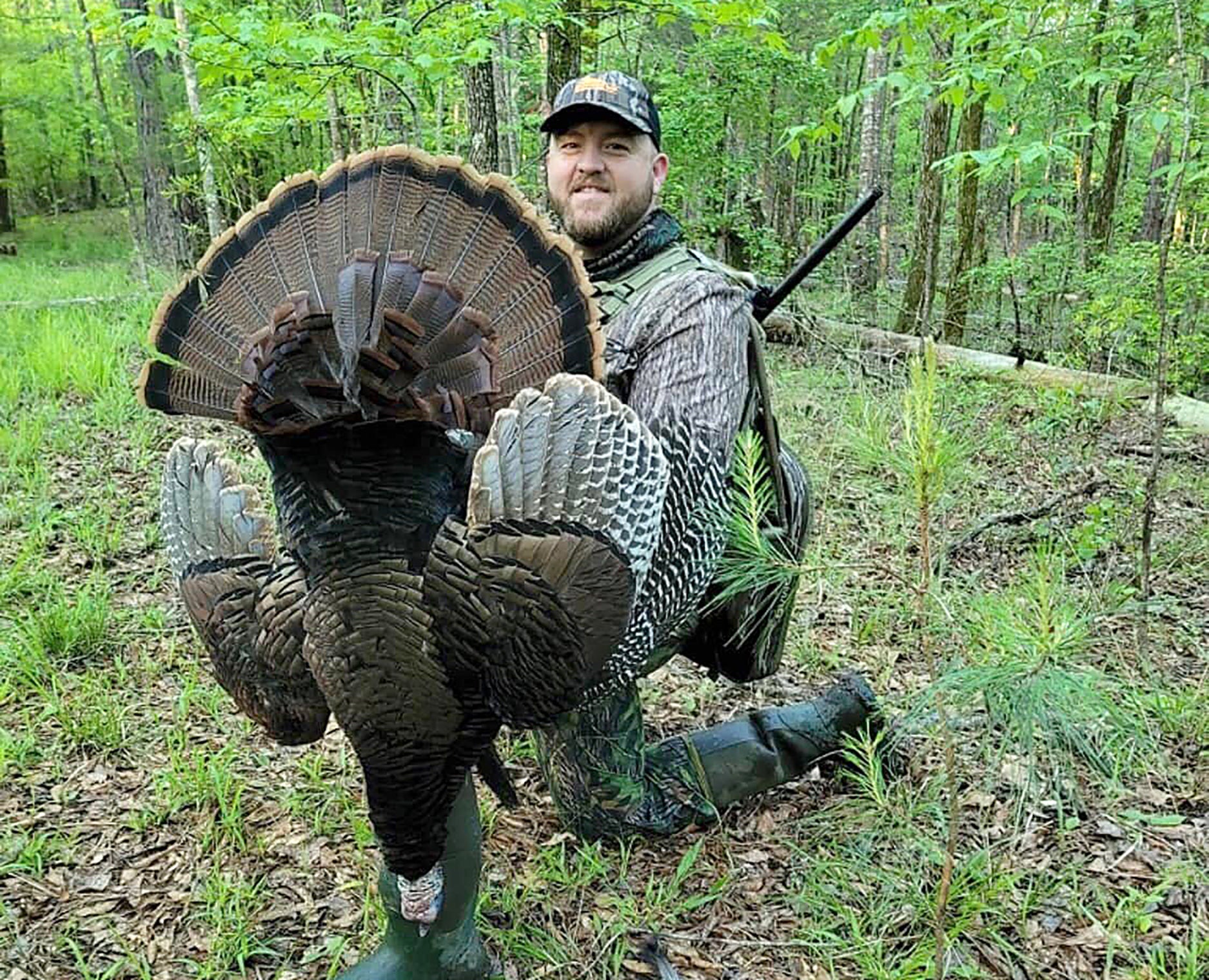By DAVID RAINER, Alabama Department of Conservation and Natural Resources
The Alabama Department of Conservation and Natural Resources’ Wildlife and Freshwater Fisheries (WFF) Division continues to expand its unique access to the great outdoors with five new Special Opportunity Areas (SOAs) around the state.
The SOA concept was born six years ago with the purchase of 5,894 acres in Dallas County that became the Cedar Creek SOA in 2017.
The most recent acquisitions into the SOA program include four properties ranging in size from 165 acres to 4,000 acres. Blackwater SOA in Baldwin County is a 3,500-acre tract with coastal wetlands, oak hammocks and longleaf pine savanna along the Perdido and Blackwater rivers with hunting for deer and small game. Choctaw National Wildlife Refuge SOA in Choctaw County, a cooperative venue with the U.S. Fish and Wildlife Service, is a 4,000-acre area with bottomland hardwood forest along the Alabama River that will offer primitive weapons deer hunts only. Thigpen Hill SOA is a 3,500-acre tract in Butler County situated along the headwaters of Cedar Creek with rolling hills, hardwood/pine upland forest, bottomland hardwoods along creeks, a few cedar-glade areas and rock outcroppings that offers hunting opportunities for deer, turkey, feral swine and small game. Prairie Glades SOA is a 165-acre area in Montgomery County made up of Black Belt prairie with agricultural fields that will offer dove hunting.
Available in the 2022-2023 season will be the Little River State Forest SOA in Monroe County. The 3,000-acre tract has upland longleaf pine and loblolly pine, braided creek drains and sandy rolling hills with deer, turkey and small game hunting.
The other properties in the SOA system are Upper State and Fred T. Stimpson in Clarke County, Cedar Creek and Portland Landing in Dallas County, Uchee Creek in Russell County and Crow Creek in Jackson County.
With the new areas, hunters can apply for the limited quota hunts on 11 SOAs with opportunities to hunt white-tailed deer, wild turkey, waterfowl, feral swine and small game. Registration for several SOA hunts opened September 1. Visit www.outdooralabama.com/articles/soa-hunt-registration-begins-september-1 for the full SOA registration schedule.
For those not familiar with SOAs, each area is divided into hunt units of about 300 to 500 acres. Each SOA has specific hunts, typically two to four days in length, for a collection of game species including deer, turkey, waterfowl, feral swine and small game. Applicants select desired hunt dates on the specific SOA. If chosen by a random, computerized selection, the successful applicant and one guest will be assigned a specific hunt unit for the selected dates. The hunt unit will be for their sole use throughout the hunt dates assigned to them. Visit www.outdooralabama.com/hunting/special-opportunity-areas and click on the link to register for hunts.
WFF Director Chuck Sykes said the Division has several ways to procure land to use in the SOA system, with a partnership with the Forever Wild Land Trust as the most frequent and largest contributor.
“Ninety-seven percent of the land in the state is in private ownership,” Sykes said. “A good portion of hunters in Alabama only hunt private land. There’s a stigma about hunting public land. Setting up these SOAs the way we did, we sort of made it like a hunting club for those selected permit holders. It was something that private land hunters could relate with. It would let them stick their toe in the water on public land hunting and let them see that these SOAs are great places to hunt and are managed well. The properties are game-rich, and they are not hunting in a crowded situation, like some people think.
“Several years ago, we surveyed our SOA participants. We thought it was going to go over well. It exceeded our expectations. Now our limiting factor is enough opportunity for everybody to be able to participate. The more of these properties we can add, the better off we’re going to be.”








